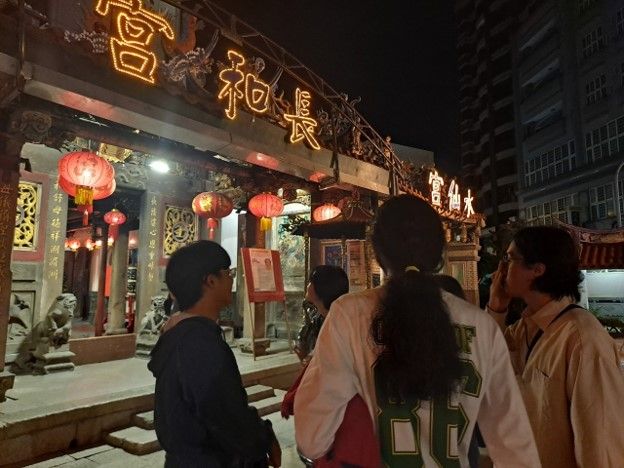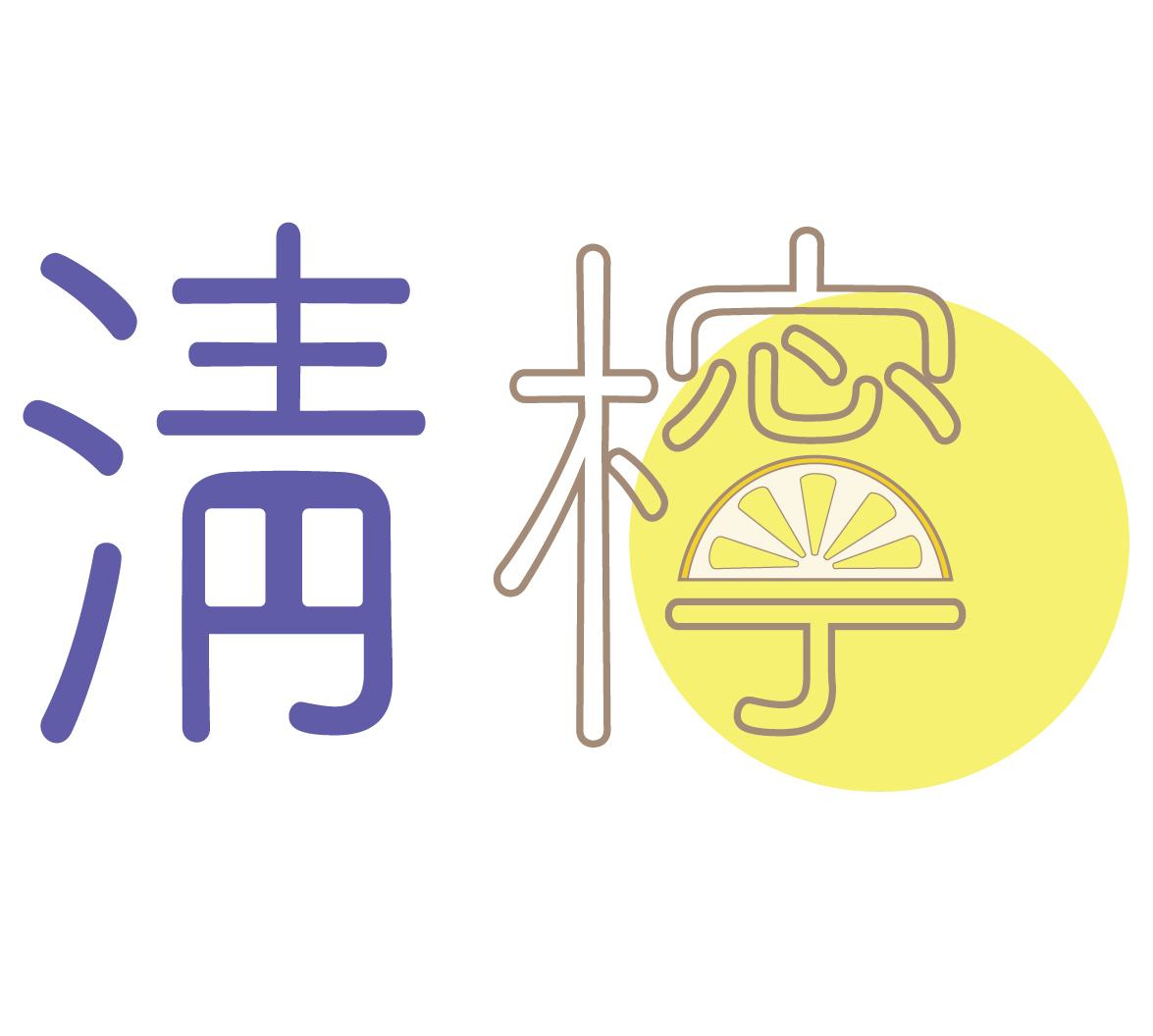【讀者投書】Connections between Indian and Chinese religious practice: Lion symbolism

作者介紹 / 我是羅瑞谷,印度的泰米爾人。目前就讀於清大資訊工程學系碩士班。很多印度神話來源於口傳故事,而這篇文章與讀者分享的是婆羅門觀點的印度神話。
Hsinchu’s Chang He temple was a beautiful, serene sight in the month of October. Two towering buildings shadowed the temple, but the presence of the temple was still strong. Outside the temple were writings about the origins of the temple, which my friends politely explained. The temple’s original construction date is very old, but the current look of the temple seems to border a later era, due to being destroyed, burnt, and rebuilt several times. Signs of dilapidation are difficult to find, and the maintenance of the site seems to be very good.
This was my first introduction to the emperor Qianlong, who was the ruler during the introduction of this temple. The main purpose for this temple was given as a place of refuge for traders, merchants and seafaring folk to garner good luck in their expeditions over sea.
Despite this being the first Taiwanese temple I have visited, the structure and styling of the temple and its surroundings seemed familiar. South East Asian cultures have had a long time to borrow from each other due to a healthy amount of trade and immigration between the countries, and hence I believe at least some cultural commonalities here are not a coincidence.
The lion guardians standing outside the temple were the first thing that I noticed. More common in India are Elephants and Yali (elephant + lion), although lion guardians can still be found in a select few temples. Lion symbolism seems to be a commonality between Hindu and Buddhist architecture, which could be the cultural link.

More fine-grained details of the culture surrounding the temple were similar: usage of incense, offerings and lighting, although these aspects are not mirrored as a whole. We were allowed to step inside the temple with shoes on, and it seemed many religious offerings were made in the form of packaged products. In many Hindu temples, perishable foods are offered and used for cooking temple prasadam (food blessed by god) and maintaining statues. I could write a whole other essay on this, so we stop here.
One thing that was interesting to note alongside the symbolism of lions was that the temple doorstep must not be stepped on. A similar custom is followed in many Vishnu (elder god) temples in India. The story of Hiranyakashipu explains why exactly this is followed. Here is a stripped-down retelling.
Hiranyakashipu was a mythical ruler that earned the chance to obtain any wish of his choosing from one of the elder gods, Brahma. He had obtained this through years of prolonged penance. He wished for the following:
He cannot be killed on the earth or in the sky
He cannot be killed inside or outside his residence
He cannot be killed during daytime or nighttime
He cannot be killed by man or animal
(these are very vague on purpose.) Since these myths are generally spread by oration, the details of Hiranyakashipu’s wish tend to vary across different sources. Due to the nature of his wish, Hiranyakashipu was worshipped by all the people he ruled over, almost like a god. His son Prahlada however worshipped Vishnu, not necessarily because of teenage stubbornness, but because of the influence of his mother and several other godly beings. Hiranyakashipu decided that he had had enough of this and decided to kill his son.
Prahlada due to his ardent devotion to Vishnu was impervious to all harm. He was protected from fire, falling from heights, drowning, poison, and several other grotesque deaths due to Vishnu’s power. One day when Prahlada and Hiranyakashipu were having a heart-to-heart, father and son conversation, he asked his son how he could see a supreme presence in everything when his father was the ultimate lifeform. His son replied calmly that Vishnu was in every single atom of the universe, every single pillar of their palace.
Hiranyakashipu naturally got pretty mad, so he started smashing every pillar of the palace, attempting to prove a point. He smashed the first pillar he could find into pieces, and out came a monstrous beast, half lion and half human. This was a form of Vishnu called Narasimha. Narasimha was born in a sort of raging state, so he decided to kill the first thing in sight. He took Hiranyakashipu into his loving arms and headed toward the doorstep. It was the edge of twilight, neither day nor night. The doorstep was neither inside nor outside the residence. Hiranyakashipu’s feet were not on the ground, and Narasimha was not a human, and not entirely an animal. Vishnu is canonically much stronger than Brahma, and he simply tore the king’s chest apart at the doorstep.

One of the main draws of that tale was that despite Hiranyakashipu being a bad person, his son Prahlada remained good and faithful to God (Vishnu in this case), and hence his prayers were always answered. This story is a common tale to demonstrate bhakti (devotion) in the Indian subcontinent. One of the smaller stories within it is the origin for Holi, the festival of colours (worth a google!) Even though contrived and poorly moralistic, the connections between these dogmas are very interesting.
In parallel to this we have the temple’s own history itself, which remained as a general place of worship for all seafaring folk, which would have been a large portion of the population in the early days. In India we do have similar regional deities in many villages, but closer resemblance can be seen more in the North, potentially due to its higher proximity to Buddhism.
Directions are often associated with certain positive qualities in Hinduism. In Changhe temple I saw that the deity we visited was on the left side of the temple. Most Vishnu temples have the god facing eastward, as that is considered the most auspicious direction. Similar rules are used to build homes and homely shrines to god.

One thing that is easy to notice is the similarities in superficial architectural structure and design consistency, but these are sparse and difficult to indicate. It was a pleasant, easy to visit place, and I would certainly go there again to clear my mind if I was religious.
Another place we had the pleasure of visiting was the Baoshan Biyun temple. India has a high number of old Buddhist temples due to the rule of King Ashoka. These are often in the form of stupas (mounds), which drastically change in size and shape with distance from the Indian Subcontinent. The aesthetics of these areas seem to differ more wildly than I expected.
The temple seems akin to old Indian Chaityas, which were stone-carved, massive prayer halls. Compare this to Viharas which were meant as full temples covering large amounts of area.
I think overall there are some strong cultural resemblances between the religious practices I know from India to here. The artistic resemblances are less common, as Taiwan’s history of natural disasters and wars has reshaped how these temples look over the years. In India, this is less common since iconic temples were often built like rock fortresses, and natural disasters are rarer. From the few excerpts that I’ve heard about it, however, the religious culture here is aimed at being more practical for modern life.
P.S: My Mandarin knowledge isn’t good enough to understand the proper intricacies of Taiwanese religious practice, so please do take this conclusion with a grain of salt.
References:



